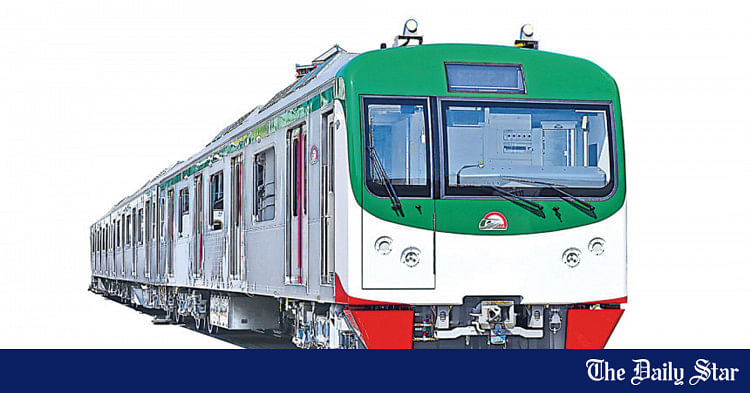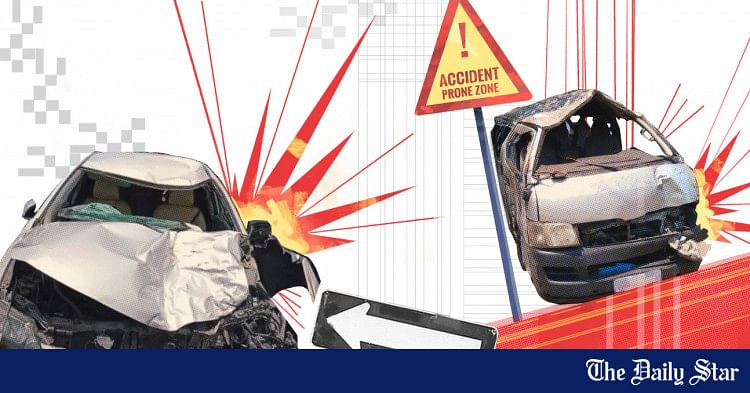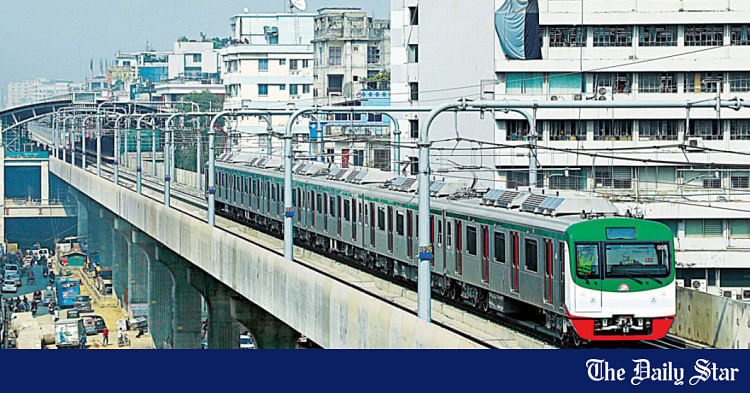Saif
Senior Member
- Joined
- Jan 24, 2024
- Messages
- 15,397
- Reaction score
- 7,865
- Points
- 209
- Nation

- Residence

- Axis Group


One year of operation: Dhaka expressway fetches Tk 1.04b
Dhaka Elevated Expressway (DEE), the country's first road-access-control infrastructure, celebrated one year of inauguration on Tuesday, recording 12.7-million traffic during the period with domination of the lowest-toll-charged vehicles. According to data, Tk 1.04 billion was collected in tolls
One year of operation: Dhaka expressway fetches Tk 1.04b
Munima Sultana
Published :
Sep 04, 2024 09:43
Updated :
Sep 04, 2024 09:43

Dhaka Elevated Expressway (DEE), the country's first road-access-control infrastructure, celebrated one year of inauguration on Tuesday, recording 12.7-million traffic during the period with domination of the lowest-toll-charged vehicles.
According to data, Tk 1.04 billion was collected in tolls for using the 11.5-km DEE since its opening on 03 September 2023.
However, 98 per cent of the tolls came from private cars and microbuses which pay Tk 80 for using the expressway from any of the six entrance points.
As only 11.5-km DEE from Airport to Farmgate and Kawran Bazar has been opened for traffic after inauguration by Sheikh Hasina, the number of buses has increased with some special services.
But trucks both small and big were hardly avail the short-distance expressway due to unable to complete rest part of the DEE which is to connect Hazrat Shahjalal International Airport to Kutubkhali of Dhaka-Chattogram highway.
Officials said although the total progress of the DEE is recorded 75 per cent, it was slowed since opening due to facing problems.
It has faced opposition from the two city mayors and case by subcontractors of the concessionaire company Italian-Thailand Public Development Company Limited (ITD) but partial DEE opening had to keep closed during the curfew period and after the vandalism during the quota movement on August 1.
Project Director AHMS Aktar, however, said all the gamut in the DEE work has almost been over.
He told the FE on this occasion on Tuesday that utility shifting work from Panthokunjo towards BUET has been speed up in recent days. Case filed by subcontractors to the Appellate Division was dismissed on September 1.
The Bangladesh Bridge Authority has been implementing the DEE project under the PPP model signing contract with ITD on January 19, 2011. But the project got momentum in 2020 after the ITD signed contract with two Chinese companies to carry entire work as sub contractors by managing fund from two Chinese banks.
It is estimated that 80,000 traffic will be using the DEE daily. The BBA data shows that the partial DEE opening, nearly 35,000 traffic on average use it daily.
Munima Sultana
Published :
Sep 04, 2024 09:43
Updated :
Sep 04, 2024 09:43
Dhaka Elevated Expressway (DEE), the country's first road-access-control infrastructure, celebrated one year of inauguration on Tuesday, recording 12.7-million traffic during the period with domination of the lowest-toll-charged vehicles.
According to data, Tk 1.04 billion was collected in tolls for using the 11.5-km DEE since its opening on 03 September 2023.
However, 98 per cent of the tolls came from private cars and microbuses which pay Tk 80 for using the expressway from any of the six entrance points.
As only 11.5-km DEE from Airport to Farmgate and Kawran Bazar has been opened for traffic after inauguration by Sheikh Hasina, the number of buses has increased with some special services.
But trucks both small and big were hardly avail the short-distance expressway due to unable to complete rest part of the DEE which is to connect Hazrat Shahjalal International Airport to Kutubkhali of Dhaka-Chattogram highway.
Officials said although the total progress of the DEE is recorded 75 per cent, it was slowed since opening due to facing problems.
It has faced opposition from the two city mayors and case by subcontractors of the concessionaire company Italian-Thailand Public Development Company Limited (ITD) but partial DEE opening had to keep closed during the curfew period and after the vandalism during the quota movement on August 1.
Project Director AHMS Aktar, however, said all the gamut in the DEE work has almost been over.
He told the FE on this occasion on Tuesday that utility shifting work from Panthokunjo towards BUET has been speed up in recent days. Case filed by subcontractors to the Appellate Division was dismissed on September 1.
The Bangladesh Bridge Authority has been implementing the DEE project under the PPP model signing contract with ITD on January 19, 2011. But the project got momentum in 2020 after the ITD signed contract with two Chinese companies to carry entire work as sub contractors by managing fund from two Chinese banks.
It is estimated that 80,000 traffic will be using the DEE daily. The BBA data shows that the partial DEE opening, nearly 35,000 traffic on average use it daily.














